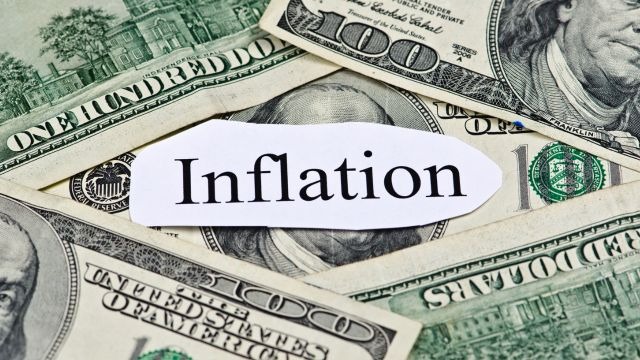As the market’s wait to hear Congressional testimony from Ben Bernanke, the Chairman of the U.S. Federal Reserve Bank, the U.S. Dollar struggled off of a weeks-long low in Tokyo trading.
The following Forex news reports are the latest developments of the Forex market. The news reports are updated frequently and include all the events that affect the foreign exchange trading industry.
Most Recent
As reported at 9:31 a.m. in London, the U.S. Dollar slipped against major currencies, touching on a 6-week low versus the single currency Euro as investors move back into higher risk, higher yielding currencies.
As reported at 2:55 p.m. (JST) in Tokyo, the Japanese Yen saw broad gains in Asian trading this morning, following the news of two hotel bomb blasts in Jakarta
Top Forex Brokers
The Japanese Yen saw gains across the board in Tokyo trading today on investor profit-taking of perceived higher-risk currencies.
In early morning trading in London, the U.S. Dollar Index fell versus a group of six major currencies, touching on its lowest price in almost two weeks,
Investor optimism over the Goldman Sachs earnings report which is expected to be released later this week has precipitated the fall of the Yen versus the U.S. Dollar and the single currency Euro in trading in Asia today.
The Japanese Yen enjoyed broad gains in subdued early London trading, while the U.S. Dollar fared well against high-risk currencies on continued investor worries
The Japanese Yen was able to reverse some of yesterday’s losses, gaining on the single currency
Profit taking in Asian trading has pushed the Japanese Yen down from multi-month highs, which had been hit in overnight trading, versus the single currency Euro and the U.S. Dollar.
Bonuses & Promotions
The Japanese Yen has gained strong momentum versus the single currency Euro and the U.S. Dollar in early trading in Asia today, as investors speculate that a withdrawal in higher risk assets may result in the Yen’s continued uptrend.
As reported at 3:07 p.m. (JST) in Tokyo, the Japanese Yen gained versus the Pound Sterling and the single currency Euro in Asian trading today on growing investor concern that the global economic recovery track was overstated.
Both the U.S. Dollar and the Japanese Yen saw gains in Asian trading in Tokyo today as the dismal labor data coming out of the United States last week continues to raise investor doubts about a quick turnaround of the global economies.
Following a deluge of sell orders, coupled with the latest report on U.S. labor data, in Friday’s trading in Tokyo, the Euro managed to edge back from lows hit earlier this week on the EBS platform.
Yesterday’s disappointing reading in U.S. consumer confidence suppressed investor risk appetite and prevented the Euro from holding onto a 3-week high versus the U.S. Dollar in Monday’s trading.
The U.S. Dollar fell in Asian trading today as improved Euro zone sentiment, together with higher share and oil prices, combined to spur on investor risk appetite.



